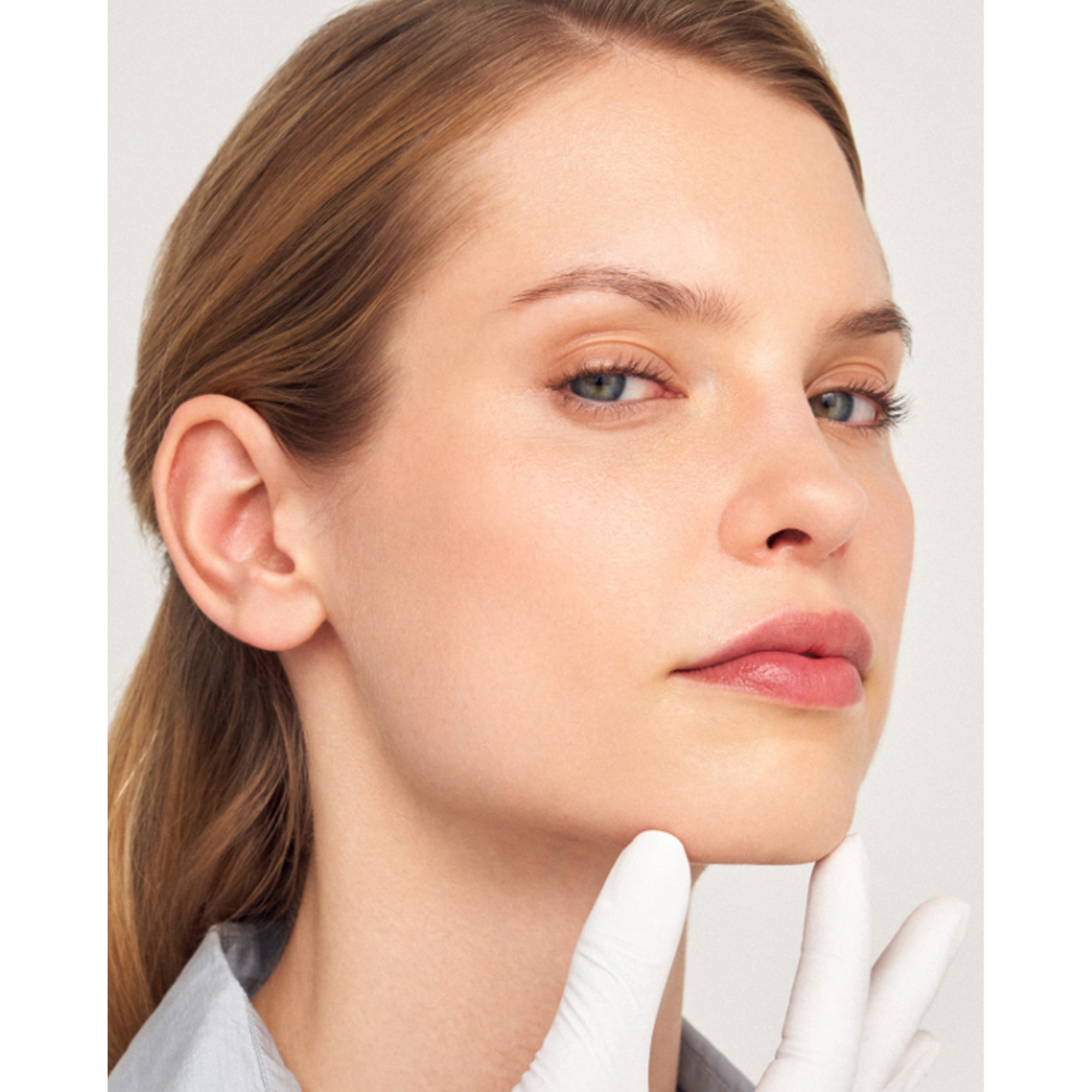Why Gen Z and Millennials Are Leading the Filler Boom

A recent study by leading Swiss aesthetics brand Teoxane has revealed a shift in how consumers approach dermal fillers, with many now favouring minimally invasive treatments that deliver visible results with little to no downtime.
The UK dermal fillers market reflects this change most strongly. According to research from May 2025, the sector is projected to grow from USD 0.44 billion in 2024 to USD 2.06 billion by 2035. This sharp rise is driven by demand for non-invasive procedures, an ageing yet aesthetically engaged population — particularly those aged 30–55 — and the normalisation of cosmetic treatments through social media and celebrity influence.
A Norstat survey commissioned by Teoxane reveals that over half (52%) of UK dermal filler patients are under the age of 35. Demand is highest in the North of England and London, which together account for 20% of respondents. Between 2023 and 2024, there was a 6% rise in the number of people interested in having fillers, with motivations varying by age: those aged 24 to 34 tend to focus on skin quality, while those aged 35–44 are more concerned with signs of ageing. Interest among adults aged 45 to 50 also continues to grow steadily.
Social media’s impact is increasingly evident, with a 4% rise in people citing the desire to look good for various platforms as a motivation, indicating that aesthetic treatments are becoming closely tied to self-image in digital spaces.
Practitioners are noticing generational nuances in spending habits and motivations. As Dr Saleena Zimri notes, “Millennials are among my top spenders, aged mid-to-late 30s or early 40s, who have a bit more money, may have kids and are in their peak professional life, so have a little more disposable income, and they expect to pay more for their dermal filler treatments. Younger generations like Gen Z are usually on a tighter budget than millennials (unless their profession, such as social media, has led them to more disposable income). Also, due to more areas of concern with ageing, millennials are spending more as they’re treating more areas, whereas Gen Z may be only looking to treat one or two areas and have limited concerns at this stage.”

Lips remain the most popular treatment area, reflecting long-standing demand. However, mid-face procedures have seen the biggest increase, rising from 22% in 2023 to 33% in 2024.
Dr Wassim Taktouk explains, “Treating the midface, for me, has the highest impact when rejuvenating the face. The majority of the ageing process takes place in the midface, and consequently, it is the first area to show signs of ageing. Treatments in the midface have a knock-on improvement to the lower face too. Recently, there has been an increase in GLP-1 patients (those taking medications like Ozempic or Mounjaro) wanting mid-face fillers, as these medications can cause significant facial volume loss.” On preferences among younger patients, he adds, “Skin quality is treated with Redensity 1 in this age group, as well as lips. Some of the Fitzpatrick skin types I and II, who wrinkle earlier, will often ask for nasolabial, accordion lines, marionette, and necklace lines.”
As motivations continue to evolve, so does the demographic seeking treatment. Dr Bonny Armstrong observes, “Beyond social media influence, we’re seeing more people working for themselves, creating content, or relying on a strong online presence for their careers. As a result, many people now view their appearance as an extension of their personal and professional identity. Investing in treatments that help them feel more confident often translates to better performance at work, stronger communication, and more social ease.”
For Dr Armstrong, dermal fillers offer a confidence-boosting, non-surgical solution with instant results, minimal downtime, and a more accessible price point. Fillers can enhance facial symmetry, stimulate collagen production, and complement other aesthetic treatments to help achieve a natural, refreshed look. “Dermal fillers are non-permanent, and while they offer long-lasting results (typically between six and 18 months, depending on factors such as placement and volume), the results are easier to reverse and adapt,” she explains.
Despite the growth of the industry, Armstrong stresses that patients should remain cautious, particularly when treatments are carried out by those without proper medical training.
If you’re considering dermal fillers, it’s important to speak with a qualified medical professional. This ensures your safety, helps you understand the potential benefits and risks, and confirms whether the treatment is truly right for you.